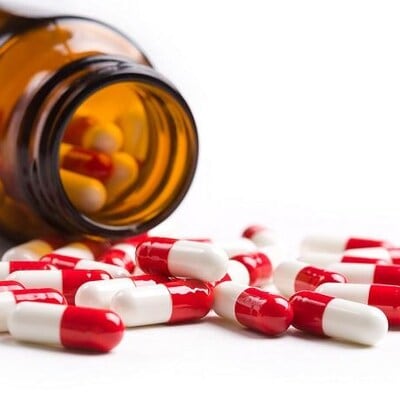The excessive and inappropriate use of antibiotics is significantly affecting the health of Indians. A recent study published in The lancet revealed that bacterial infections were responsible for 60 percent of the 2.99 million sepsis-related deaths in the country in 2019.
Of these, about 1.04 million sepsis deaths (33.4%) were associated with bacterial antimicrobial resistance (AMR), and 290,000 deaths were directly attributed to this disease. Sepsis occurs when the immune system responds dangerously to a bacterial infection and, without prompt treatment, can lead to organ failure.
Antimicrobial resistance (AMR) is already a major global health problem and is expected to increase in the coming years.
According The lancetOver the next 25 years, more than 39 million people worldwide could lose their lives due to antibiotic-resistant infections. This report, based on research from the Global Research Project on Antimicrobial Resistance (GRAM), provides the first comprehensive analysis of trends in antimicrobial resistance over time.
“Understanding how trends in ADR deaths have changed over time and how they are likely to change in the future is vital to making informed decisions that help save lives,” said study author Dr. Mohsen Naghavi, leader of the ADR research team at the Institute for Health Metrics (IHME) at the University of Washington, USA.
The study estimates were based on data on 22 pathogens, 84 pathogen-drug combinations and 11 types of infections, including bloodstream infections and meningitis, in people of all ages in 204 countries, including India.
In India, the three most prevalent antibiotic-resistant pathogens are E. coli, responsible for intestinal infections; Klebsiella pneumoniae, known to cause pneumonia and urinary tract infections; and Acinetobacter baumannii, linked primarily to hospital-acquired infections.
Leading causes of death in India
The study reveals that lower respiratory tract and chest infections were the leading cause of sepsis-related deaths in India, accounting for around 27 per cent of the total.
In 2019, of the 500,000 deaths from sepsis among children under five years of age, 325,000 were caused by bacterial infections, with Streptococcus pneumoniae being the most deadly pathogen in this age group.
Globally, deaths from methicillin-resistant Staphylococcus aureus (MRSA) have seen a significant increase, doubling from 57,200 in 1990 to 130,000 in 2021. Among Gram-negative bacteria, which are some of the most drug-resistant, carbapenem resistance has seen the steepest increase, from 127,000 in 1990 to 216,000 in 2021.
(With contributions from the agency)
First published: September 17, 2024 | 17:21 IS
Disclaimer:
The information contained in this post is for general information purposes only. We make no representations or warranties of any kind, express or implied, about the completeness, accuracy, reliability, suitability or availability with respect to the website or the information, products, services, or related graphics contained on the post for any purpose.
We respect the intellectual property rights of content creators. If you are the owner of any material featured on our website and have concerns about its use, please contact us. We are committed to addressing any copyright issues promptly and will remove any material within 2 days of receiving a request from the rightful owner.

